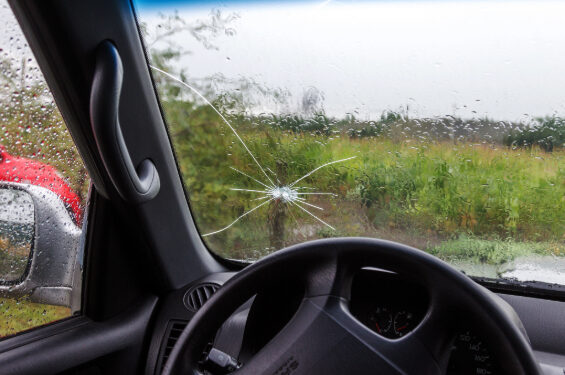
When it comes to winter, we tend to obsess about snow, ice and cold. But what about all the road salt and sand that come with these often nasty elements? Yes, we appreciate that they serve in the interest of public safety—the rock salt helps melt ice even if it’s freezing, and the sand keeps salt in place. But they can really inflict some major punishment upon a vehicle, destroying its finish, increasing rust and even hurting driving performance. Doors, fenders, hoods and tailgates are most vulnerable to rust because they retain a lot of moisture.
So when the season starts for those wintry mixes, consider these tips from the experts at dmv.org:
Wax the exterior of your car
Wax protects the paint surface like an invisible shield. Be sure to apply a good, strong coat before the winter season starts to guard it from corrosive salt. Seal the undercarriage as well, either on your own or via a car-care professional.
Keep car tires clean
Before winter starts, make sure your tires are clean and salt-free. Then keep checking and cleaning throughout the cold months. Otherwise, they’ll kick up bad winter “stuff” that will pummel your vehicle’s body.
Use a DIY car wash
If the water used at car washes is “repurposed” water, then it may contain traces of salt. To ensure total quality control, use a DIY car wash with high-pressure hoses, so you can spray the salt off hard-to-reach areas—like beneath wheel wells and behind fenders. Hose off the undercarriage too. You can do this with a lawn sprinkler by turning it on underneath for a few minutes. Change its position accordingly to get the entire undercarriage.
Wash your car during the day
In washing salt off in wintertime, do so during the day so the vehicle has time to dry. You don’t want the water to freeze on your finish after temperatures fall. The outside temperature should be 40°F or higher. To guarantee a “clean machine” all season long, repeat every 10 days. To avoid having the locks freeze, open and close the doors after the job is done.
Avoid driving through puddles
Watch out for driving through large puddles of water. Not only do they pick up a lot of slimy dirt, but they’re also magnets for road-crew salt.
Avoid driving before and after a snowstorm
If you have to drive in bad weather, avoid doing so right before and after a snowstorm, because you are more likely to run into fresh road salt at those times.
Don’t drive in deep snow
For both car care and safety reasons, don’t drive in deep snow. For starters, you can get stuck and stranded. And deep snow can pack salt into the undercarriage, where it’s difficult to remove. This often leads to corrosion and even drivability problems.
Learn additional methods you can take to protect your car this winter.



